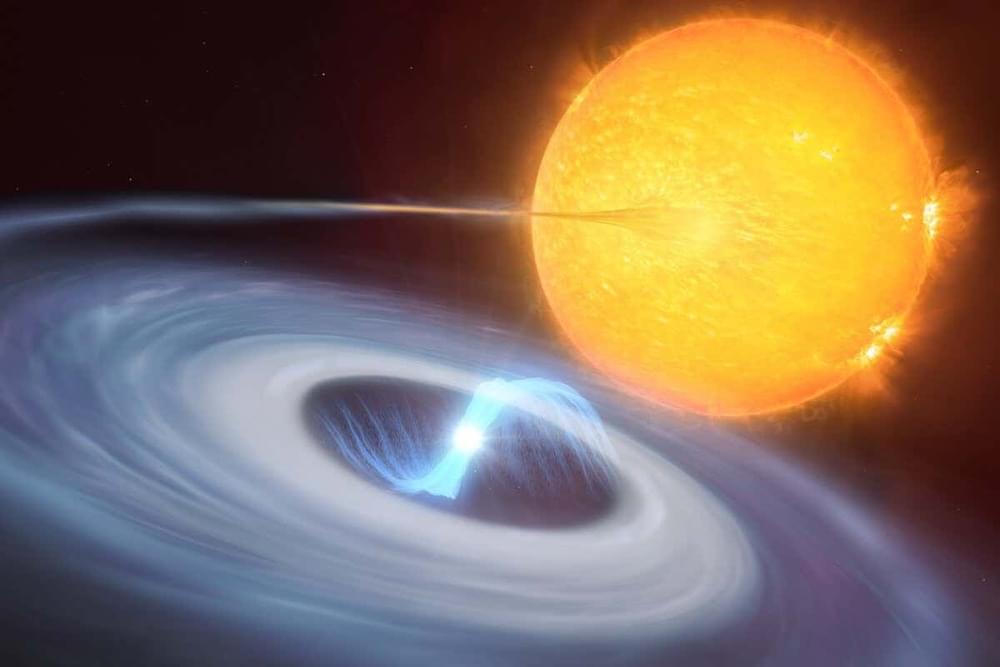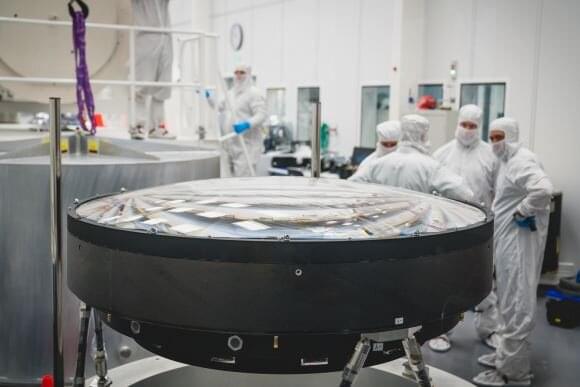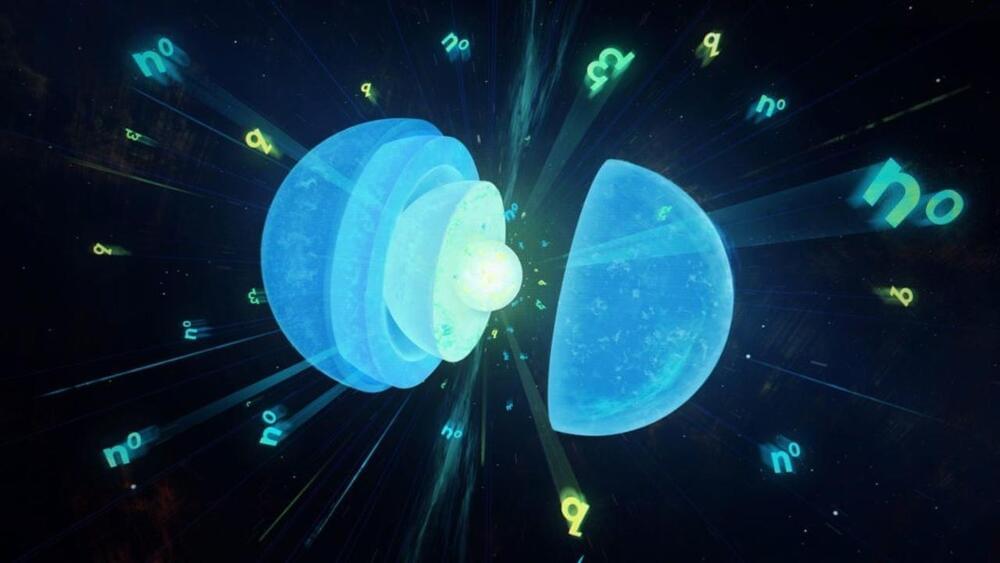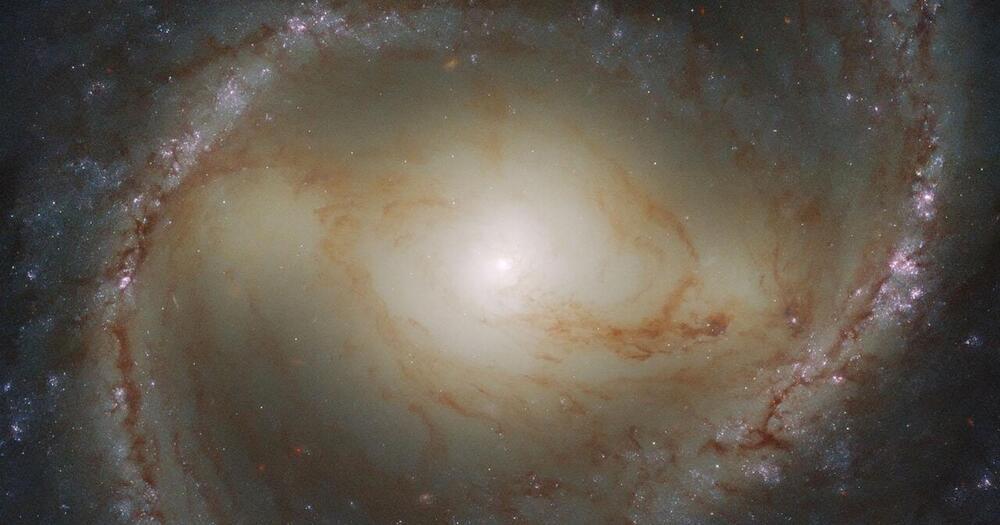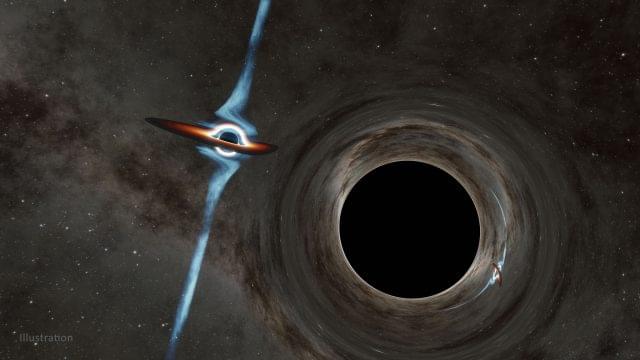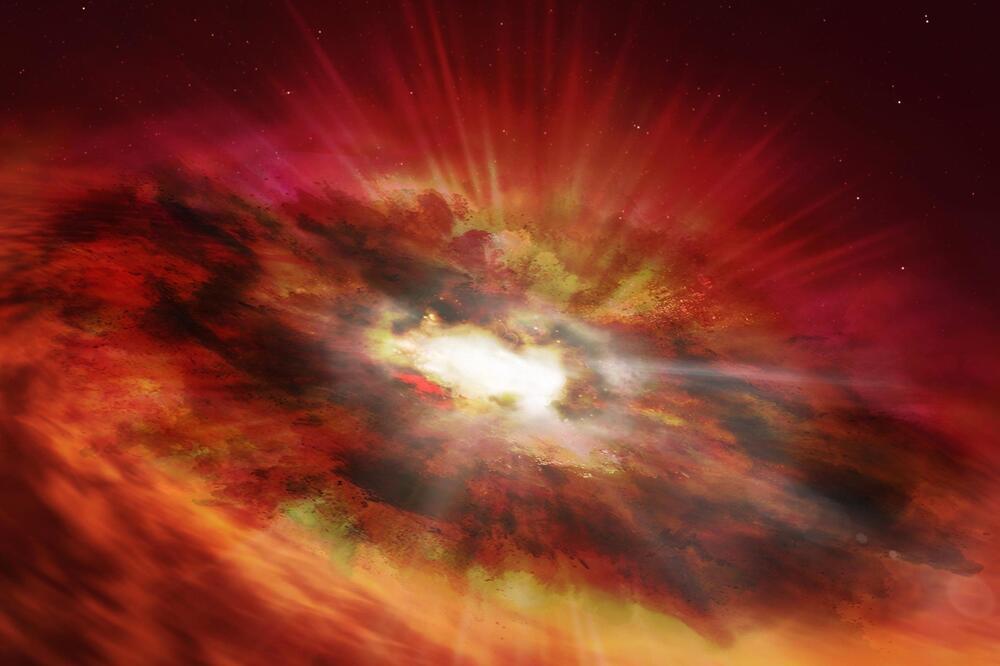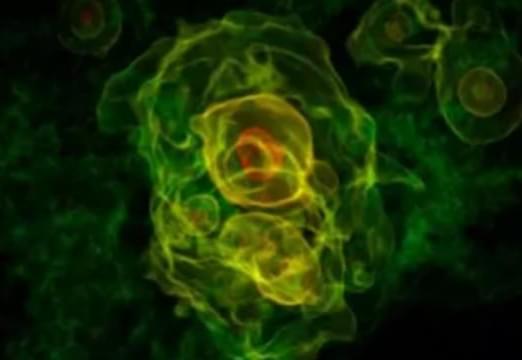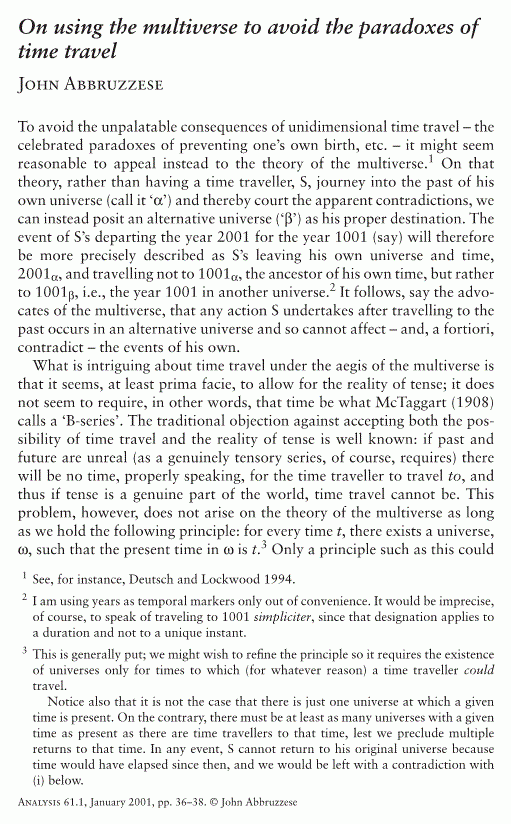Micronovae are about 1 million times less bright than a classical nova, says Scaringi, lasting just half a day, compared with several weeks for novae.
The brevity of the events meant they had previously been missed, but TESS was able to spot them during its around-the-clock observations of the galaxy in search of exoplanets. Three were seen up to 5,000 light years from Earth, with the white dwarfs brightening temporarily before dimming again.
The exact mechanism behind the explosions isn’t clear, but it is thought they may be caused by hydrogen accumulating at the poles of the star – perhaps as much as the mass of an asteroid in just 100 days. Eventually, the hydrogen reaches sufficient temperatures and pressures to ignite fusion and cause a localised thermonuclear explosion that releases as much energy as the sun would in a day.
